The report below shows levels of open interest in currency futures market. The data is based on Chicago Mercantile Exchange Daily Volume and Open Interest Report. Data provided by the report contains Open Interest from the previous trading day.
Interpretation and analysis – GainForexSignal Team
Euro FX
EUR/USD
Date 21/02/2012
Total Open Interest 295,500
Net Marginal Change 1,416
An Open Interest increased by 1,416 new transactions in Friday’s trading. The total of OI in Euro FX Futures amounted to 295,500 contracts. This level is still extremely high to compare to historical data. The Euro saw 8.921 new contracts being created by traders since the last massive decline. This number accounts for over 3% of the total OI. We now notice more fresh money coming into the Euro market. The EUR/USD managed to keep the steady level above 1.3250 during volatile week and economic uncertainty in Europe. We have been long from 1.3030 and expecting higher prices in this market. More new OI will be a strong signal to support the current uptrend.
GBP FUTURES
GBP/USD
Date 21/02/2012
Total Open Interest 186,626
Net Marginal Change -3,132
The British Sterling futures Open Interest decreased by another 3,132 transactions. Cable’s interest remains low among futures traders. The OI has been quite volatile recently. Overall GBP decreased by 10.3% since 03 Jan 2012. This decline might signal the end of massive recent downtrend (1.61-1.52). Since 1.52 we have experienced rising prices on the ranging interest. Given that the downtrend is now over, we expect higher prices in GBP/USD. More new OI is needed to support more substantial move upwards. Expect the correction towards 1.56 in short run.
YEN FUTURES
USD/JPY
Date 21/02/2012
Total Open Interest 150,379
Net Marginal Change 165
The Japanese Yen futures OI added only 165 new positions in Friday’s trading. This is the first day with a positive open interest since 6th Feb 2012. The falling interest in this market might continue further from now on. The spot price USD/JPY spiked significantly breaking all technical levels. Given the COT sentiment where non-commercial traders decreased their long Yen positions by huge amount recently, we expect higher prices in USD/JPY. Correction is possible in short run. At this stage, intervention can be ruled out.
FRANK FUTURES
USD/CHF
Date 21/02/2012
Total Open Interest 51,086
Net Marginal Change 1,520
Frank’s futures added another 1,520 new contracts. Frank is getting quite popular currency to buy among traders. It has added 29% since the decline ended on 25th Jan 2012.Unless 10% drop in OI expect lower prices in USD/CHF in the coming days/weeks. Strategy remains the same – sell USD/CHF on rallies.
AUD FUTURES
AUD/USD
Date 21/02/2012
Total Open Interest 150,578
Net Marginal Change -3,045
An Australian dollar futures OI declined by substantial 3,045 contracts. Aud OI has been flattening for a week now. The rate that traders add new transactions is definitely fading. Australian dollar tend to drop significant amount of an open interest in only few sessions. Given the fact that commercials traders are extremely short in Aud futures, we might see a correction in AUD/USD spot price. The fading OI is a signal that less new money is going into AUD futures market. We have placed the short positions accordingly. For an update please refer to our forex signal page.



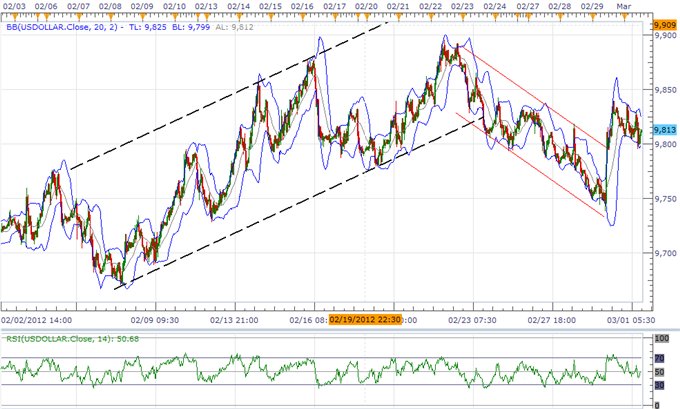
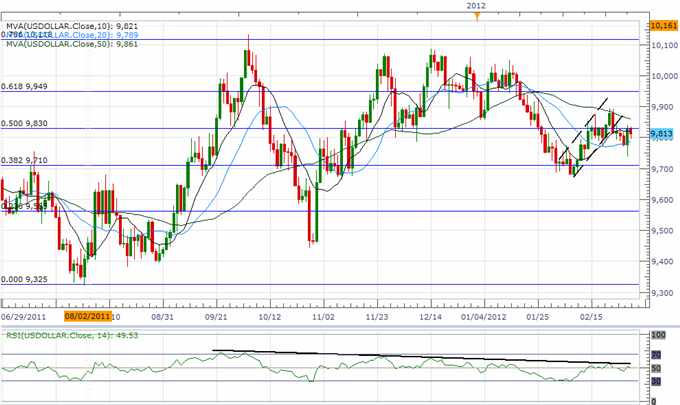

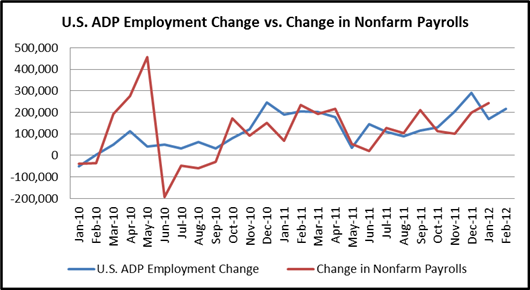

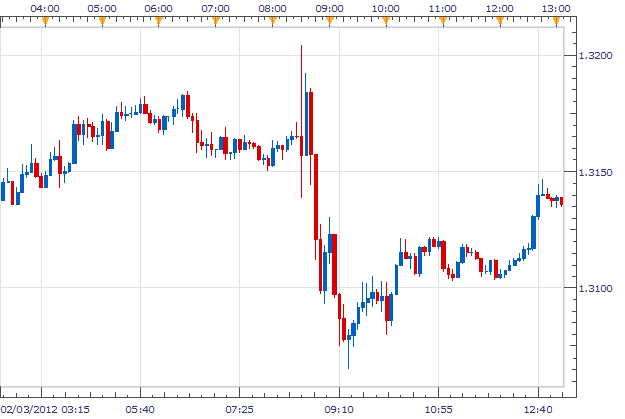


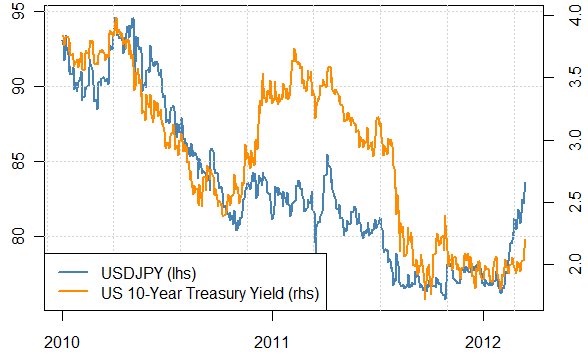
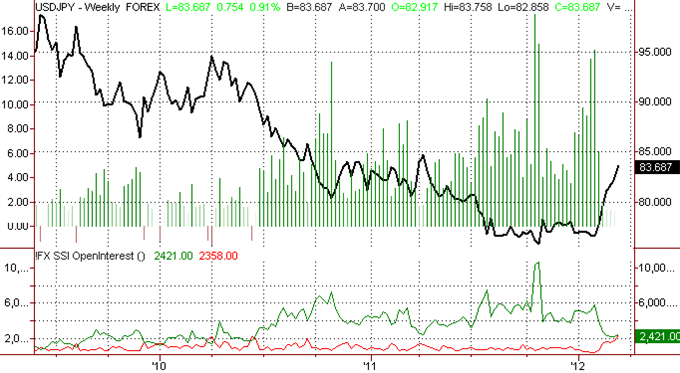


 .
.




